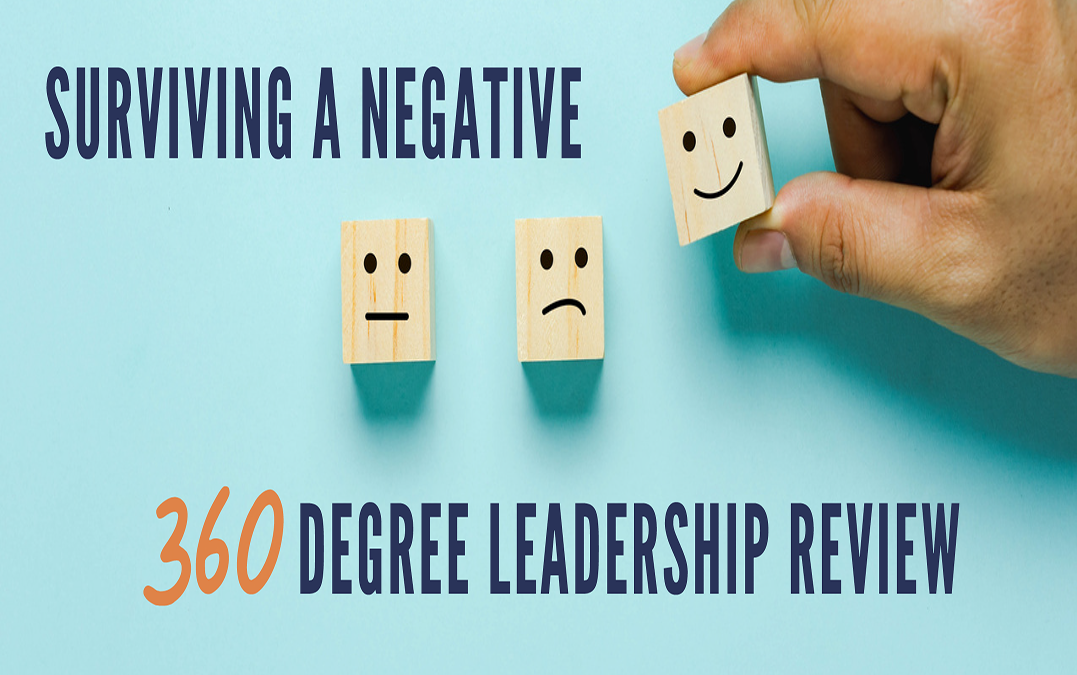
Surviving a Negative 360 Degree Leadership Review
It’s been said that feedback is the breakfast of champions. For many people, however, that feedback can go down like a bowl of cold, lumpy oatmeal.
In my work as a leadership consultant, clients often tell me that they would welcome 360 degree feedback on their performance. 360 feedback is a process where not just the manager, but peers and direct reports and sometimes even customers, evaluate someone’s performance. The person being reviewed – typically, someone in a leadership position – receives an analysis of how he or she perceives themselves as leaders and how others perceive them. That analysis is used to find opportunities to close the gaps in perception, and improve performance.
Sounds simple enough. Yet, no matter how much my clients think that they would welcome constructive criticism, the initial results can feel like feedback by firing squad. Especially when they get it from multiple raters in a 360 degree review format.
In reality, most people process negative feedback by working through the five stages of grief. They react with the denial stage and try to cling to their preferred reality. Next, they move to anger and look for someone else to blame. In the bargaining stage, they consider ways to negotiate ways out of doing the work to assess reality correctly. This often leads to the stage of depression and withdrawal. In the final stage, acceptance, they recognize that there may be some truth to the feedback, and resolve to deal with it.
This cycle is partly because leaders tend to have attribution bias. That is, we take too much credit for our successes and assign too much external blame for our failures. It’s a survival mechanism that helps to protect our self-esteem. Unfortunately, it also prevents learning and growth.
If you suffer a setback from negative feedback, you don’t have to get stuck in the grief cycle:
- Re-read the feedback carefully and mine it for nuggets to help you critically evaluate where you can improve.
- Talk with others who you trust to get their perspective on your feedback.
- Use this opportunity to do some serious discovery work, then act with renewed conviction.
- Move out of the grief cycle and onto a path that will allow you to grow as a leader and be the kind of model you strive to be.
Getting negative feedback about your performance from your colleagues can be an ego bruiser. But, successful leaders know that feedback can shed light on their blind spots, and help them assess reality correctly. Every setback can become a springboard to a comeback if you respond in the right way.
Question: How do you use feedback to grow yourself as a leader?
If you aren’t aware of the impact you have on others as a leader, how will you know where to adjust? We partner with Truscore to provide validated and customizable 360 feedback evaluations for leaders at all levels. Truscore 360’s measure you against predefined leadership competencies and give you both quantitative and qualitative data to help you make high impact changes that sharpen your emotional intelligence. Learn more and sign up with one of our coaches today.
Driven by the premise that excellence is the result of aligning people, purpose and performance, Center for Executive Excellence facilitates training in leading self, leading teams and leading organizations. To learn more, subscribe to receive CEE News!

